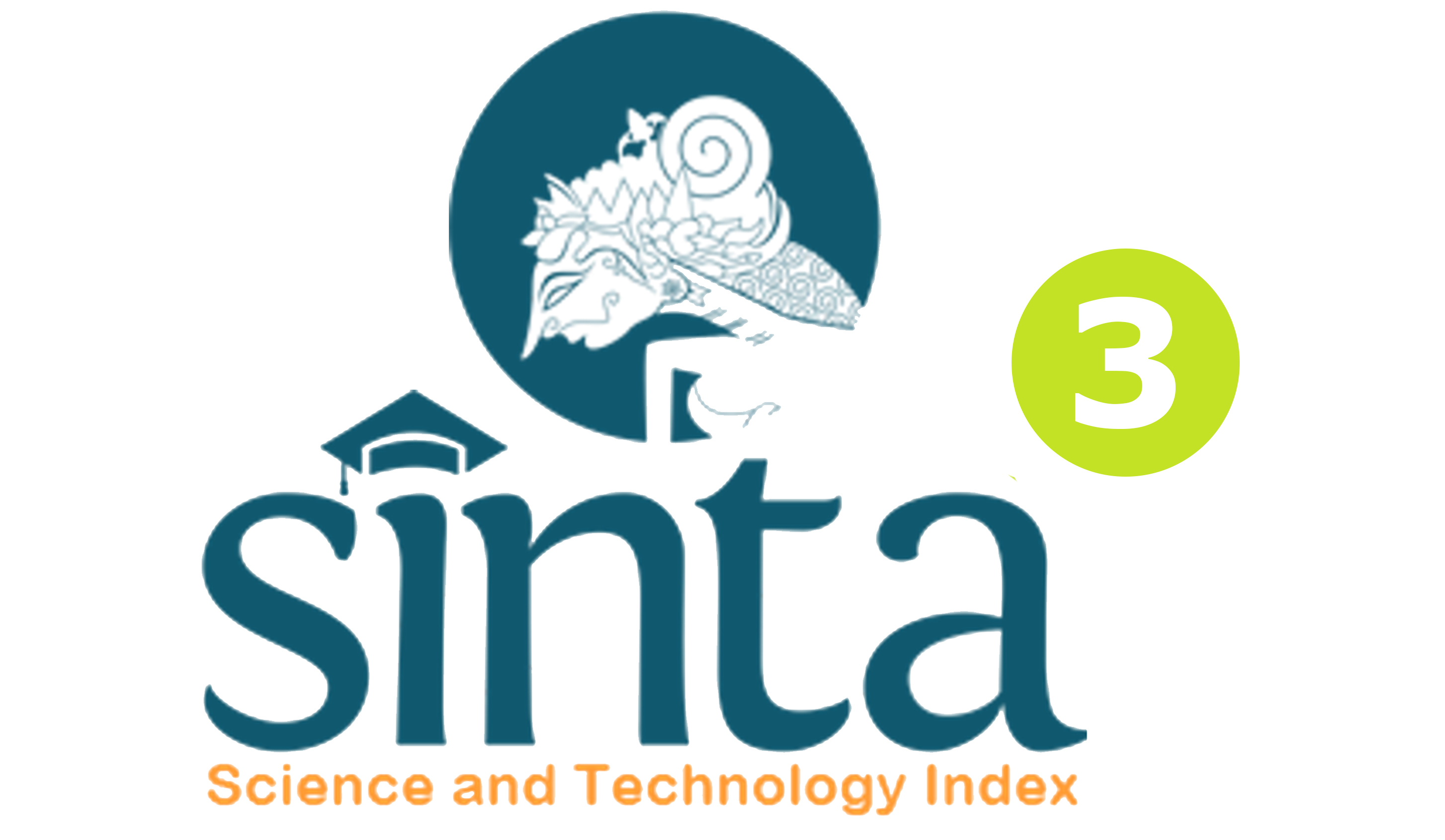Resiliensi dan Successful Aging Lansia Warga Binaan Pemasyarakatan pada Lapas Kelas IIA Ambon
DOI:
https://doi.org/10.23887/jjbk.v11i2.30496Abstract
Lansia warga binaan pemasyarakatan, mengalami kondisi seperti stres dan mengalami permasalahan dapat membuat lansia kesulitan untuk mencapai sebuah kesejahteraan atau successful aging tanpa resiliensi. Tujuan penelitian ini adalah untuk mengetahui hubungan antara resiliensi dengan successful aging pada lansia warga binaan pemasyarakatan yang menjalani hukuman di lapas, dengan hipotesis terdapat hubungan positif antara resiliensi dan successful aging. Sampel penelitian berjumlah 55 orang lansia, yang menghuni Lapas Kelas IIA Ambon dan menggunakan teknik sampling jenuh. Pengukuran penelitian ini menggunakan skala successful aging dengan acuan menurut Rowe dan Khan (1987), Crowther dkk. (2002) dan skala resiliensi menggunakan CD-RISC (Connor-Davidson Resilience Scale) yang kemudian dimodifikasi oleh peneliti. Analisis hipotesis menggunakan metode pearson’s product moment, yang menunjukkan hasil korelasi positif yang signifikan dengan r = 0,746, p > 0,000. Dengan demikian, semakin tinggi resiliensi, maka semakin tinggi pula successful aging, begitu juga sebaliknya.
Downloads
Published
Issue
Section
License
Jurnal Ilmiah Bimbingan Konseling Undiksha is an Open Access Journal. The authors who publish the manuscript in this journal agree to the following terms:
JIBK is licensed under a Creative Commons Attribution 4.0 International License. This permits anyone to copy, redistribute, remix, transmit and adapt the work provided the original work and source is appropriately cited.
This means:
Jurnal Ilmiah Bimbingan Konseling is licensed under a Creative Commons Attribution 4.0 International License.
(1) Under the CC-BY license, authors retain ownership of the copyright for their article, but authors grant others permission to use the content of publications in JIBK in whole or in part provided that the original work is properly cited. Users (redistributors) of JIBK are required to cite the original source, including the author's names, JIBK as the initial source of publication, year of publication, volume number, issue, and Digital Object Identifier (DOI); (2) The authors are the copyright owner of the article, and the author grants the JIBK held the first publication right.









.png)

.jpg)
